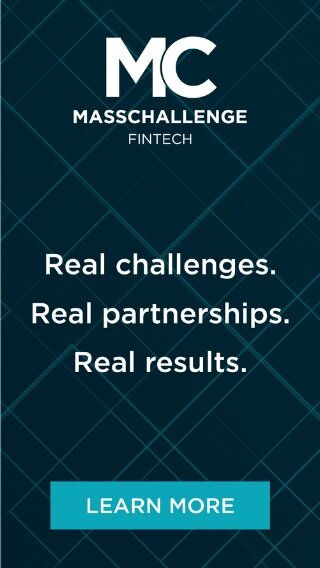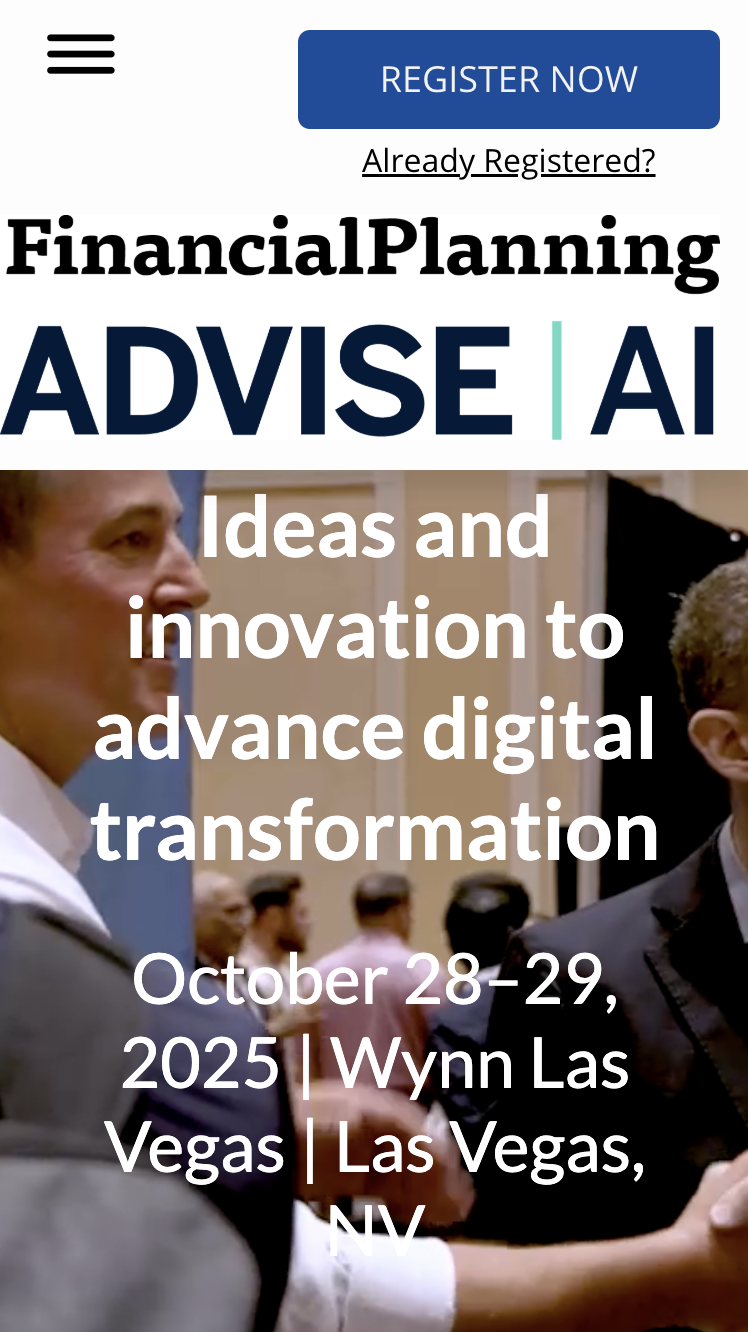The birth of the agentic banking ecosystem
/Ximena Aleman is co-founder and co-CEO of Prometeo, an open banking and financial infrastructure platform operating across Latin America.
A couple of months ago, my co-founder Rodrigo Tumaián threw the first stone: “We are moving from an anthropocentric web to a web operated by agents.” His post wasn’t just another piece of AI hype; it was the trigger to take the next step — evolving from a personal reflection to a first collective framework, at least for the Prometeo team. And if we let the conversation stay at “how exciting it sounds,” by the time we want to join the game, the standards, the language, and the rules will have been written by others.
The most compelling evidence is speed. In November 2024, Anthropic introduced the Model Context Protocol (MCP) to connect models with external tools and systems. Three or four months later, there were already teams piloting agents that validate accounts, reconcile payments, or launch onboarding flows with minimal human intervention. This cadence—months, not years — defines the playing field. And in Latin America, where historically we arrive late to technological waves, we should not allow ourselves to repeat the pattern.
LATAM has unique conditions to accelerate: real-time payment rails (Pix, SPEI, PSE), extremely high mobile penetration, the growing weight of remittances, and an increasingly sophisticated fintech ecosystem. It also has structural frictions — regulatory fragmentation, data asymmetries and distrust. That contrast is precisely the reason to start naming and structuring the agentic phenomenon in the financial industry today, not when “perfect” business cases emerge.
The fintech wave did not invent open banking. Connections between banks already existed long before we called it that. What changed everything was when regulators and the industry began using that name and discussing it under a common framework. Before, they were isolated APIs; afterwards, it became narrative, regulation, and market. That same thing is at stake today with agentic banking: if we don’t name and define it now, others will do it for us—and then we will import standards designed for other markets, not for our reality.
From hypothesis to a first map
When trying to shape the agentic phenomenon in the financial industry, one question emerged: how can we organize something that is still pure experimentation? A map that is too rigid would be misleading, but without any framework, the conversation becomes chaotic.
At Prometeo, we saw that if we wanted to understand this phenomenon, we had to start mapping it — giving the agentic banking ecosystem its own framework and language from two complementary angles.
The first is an application radar, which groups the most visible use cases for users and companies: payments, lending, FX, crypto, investments, and personal finance. The second is a Technological Layer Stack, which outlines the core capabilities that enable those agents to operate — from data and identity to orchestration, execution, and human oversight.
What I present are not closed definitions, nor should they be. They are two ways of reading the same phenomenon: one from what is visible in the market, the other from what lies underneath.
Together, they work as a common scaffolding to discuss, compare, and prioritize. Because at this early stage, more than certainties, what we need is a shared language to structure the conversation.
Application radar for banking agents (what users see and touch)
For this first approach we relied on a classic resource in the fintech industry: a radar. Finnovista popularized it to map startups and organize a growing fintech ecosystem across LATAM. The logic behind it is simple but powerful: an open and dynamic plane where different points appear, evolve, or disappear over time.
Applied to agentic banking, this radar does not intend to list products or closed categories. Rather, it seeks to show financial processes beginning to be powered by agents, which, by integrating in the background, are reconfiguring the experience of users and companies.
It is a hypothesis of where the first financial agents in the region may evolve.
In this initial version, we distinguish seven segments: payments, credit, FX and transfers, crypto, investments, personal finance and corporate treasury.
In practice, it looks more or less like this:
Autonomous payment optimization (agentic payments)
What it is: payment processes where agents integrate into existing rails — cards, account-to-account transfers (traditional or instant like Pix or SPEI), and stablecoins — to decide the best way to execute each transaction in real time. They consider cost, risk, beneficiary validations, and guaranteed settlement times.
Difference vs. traditional fintech: today, payments are processed through fixed routes, and the user must choose how to pay. With agents, the system compares options and automatically selects the most convenient one, also taking into account the context of the operation (amount, time of day, type of beneficiary). This way, it anticipates reconciliation issues and prevents reprocessing before they happen.
Dynamic credit management (agentic lending)
What it is: Credit processes where agents continuously review the client’s situation — income flow, expenses, and behavior — and adjust limits, rates, or conditions based on how their reality evolves.
Difference vs. traditional fintech: traditional credit is defined at the beginning and does not change. With agents, credit becomes a living contract that adapts in real time to the client’s financial context (seasonality, variable income, exchange rate changes). This reduces default risks and allows fairer and more flexible financing.
Autonomous FX and cross-border transfer orchestration (agentic FX)
What it is: International payment processes where agents decide through which corridor to move money and when to convert currency to achieve the best combination of cost, speed and security.
Difference vs. traditional fintech: today, transfers use predetermined routes and prices. With agents, the system evaluates the FX context and congestion of each corridor in every operation, choosing the most efficient route and reducing volatility impact. This ensures funds arrive complete and on time.
Programmed liquidity in crypto and stablecoins (agentic crypto)
What it is: Treasury processes where agents use stablecoins and crypto as an additional layer of programmable liquidity. They integrate with wallets, exchanges, and banks to automatically move funds, anticipate cash needs in different markets, and execute conversions to local currency at the most convenient moment.
Difference vs. traditional crypto management: today, companies move stablecoins manually and in a fragmented way, with little control and traceability. With agents, those movements are integrated into formal treasury: they are executed automatically according to market context and company liquidity needs, always under security and compliance rules, and every action is documented and auditable.
Continuously adjusted investments (agentic investments)
What it is: Investment processes where agents rebalance portfolios, adjust strategies, and optimize taxes constantly, according to market conditions and client preferences.
Difference vs. traditional fintech: investments are usually rebalanced on fixed dates or after isolated recommendations. With agents, management is proactive and permanent, adjusting to market context in real time (volatility, sectoral trends) and executing changes automatically and explainably.
Automated personal finance (agentic personal finance)
What it is: Daily processes where agents review bills, identify undue charges or unnecessary services, and act accordingly: cancel, renegotiate, or move funds, always with user consent.
Difference vs. traditional fintech: most apps only alert and leave action to the user. With agents, those alerts become actions automatically executed according to each person’s context (upcoming subscription renewal, duplicate charge, available balance). This way, the cycle closes without constant user intervention.
Intelligent corporate treasury (agentic treasury)
What it is: Processes where agents help companies schedule payments, prioritize collections, balance accounts, and optimize liquidity according to calendars, internal rules, and market context. They connect to ERPs, banking APIs, and payment systems.
Difference vs. traditional fintech: today, treasury depends on dashboards and manual actions. With agents, flows become proactive and adapted to the operating context: they anticipate liquidity shortages, reorder payments before a problem arises, and reserve the human role only for exceptions or strategic decisions.
The agentic banking stack (what makes agents possible)
If the application radar shows us where the first agents appear in action, the layered stack answers another key question: what makes those agents work in the real world.
This is because an agent does not live in a vacuum; it needs reliable data, trust rules, decision-making ability, infrastructure to execute, and human oversight to set boundaries.
Thinking in layers is not an academic exercise, but a practical way to understand which pieces already exist in the region, which are mature, and which are still critical gaps.
At Prometeo, when analyzing this phenomenon, we saw that the best way to make it understandable is to rename each layer with its “job to be done” — the essential task it must fulfill for the agent to operate safely. Thus, more than a technical stack, it becomes an actionable map of functions.
Layer 1 — availability → “See the terrain”
An agent cannot decide if it cannot see. This layer gives it a reliable, real-time view of the financial world, connecting it to data and external tools: balances, movements, credit histories, invoices, but also rails like open banking, Pix, SPEI, RTP, card networks, stablecoins, or even corporate ERPs. The normalization of formats and transactional streaming allows the agent to understand and react without delays. Without availability, the agent acts blind.
Layer 2 — trust → “Know with whom and under what rules”
Before moving money, the agent must verify identity and transaction legitimacy. Here live KYC/KYB processes, biometrics, account validation, continuous authentication and fraud monitoring, along with AML, sanction lists, and local regulatory rules. It also involves dynamic risk scoring of counterparties. In the agentic ecosystem, trust is not an accessory element but the fundamental pillar that enables scalability.
Layer 3 — Decide and coordinate → “Think and orchestrate”
Access is not enough: the critical thing is knowing what to do with that access in each context. This layer functions as the agent’s brain: it interprets intentions, plans steps, and orchestrates the use of multiple tools and APIs (payments, FX, validation). Protocols like MCP enable that dynamic coordination, and multi-agent logic enables collaboration between specialized agents. Everything happens under declarative guardrails — limits, policies, approval rules — that define how far it can act. This layer transforms availability into intelligent action.
Layer 4 — Financial execution → “Make it happen”
An agent that decides but does not execute is pure simulation. This layer turns decisions into real financial operations: payments across multiple rails (A2A, cards, stablecoins), FX conversion with automatic hedging, dynamic credit origination and management, settlement and reconciliation of transactions. Here the agent touches the financial system in raw form. And it is the most critical layer: when it fails, errors stop being hypothetical and become direct losses.
Layer 5 — Human control → “Keep the helm”
The human role does not disappear in agentic banking: it remains essential to define policies, approve exceptions, and stop operations in case of emergency. This layer ensures that no matter how autonomous an agent is, there is always a point of strategic oversight. Here lie real-time control panels, “kill switches,” exception approvals, and contingency protocols. Agents do not replace people: they scale them into the role of strategists and final arbiters, reserving their intervention for scenarios where automation is not enough.
Layer 6 — Observability and evidence → “Leave a reliable trail”
A financial agent only generates trust if every action can be explained, reconstructed, and audited. This layer ensures that all decisions are recorded with their inputs, applied rules, and results. It allows institutions, auditors, and regulators to verify what happened, why it happened, and whether it occurred within defined limits. Here you’ll find traceability, regulatory evidence generation, and independent auditing mechanisms. In an ecosystem where intelligence will be abundant, what will truly be scarce and valuable is the ability to provide reliable evidence to those who place their trust in the system.
In summary, the agentic banking stack shows that a financial agent is not just an AI model connected to an API. To truly operate, it needs six layers working together: to see and access the financial world in real time (availability), verify the identity and legitimacy of each transaction (trust), interpret context and orchestrate tools (decide and coordinate), turn those decisions into concrete operations (financial execution), ensure strategic human oversight (human control), and leave a reliable trail to audit and generate evidence (observability and evidence).
How the layers interact in practice
In practice, these layers interact continuously and do not function as isolated entities. They overlap and are often packaged into comprehensive solutions. Agentic infrastructure can cover availability, trust, execution, and observability at the same time — for example, by offering banking connectivity, account validation, and A2A payments in a single stack — and expose it as agent-ready tooling. This integration is especially valuable in LatAm, where technological and regulatory fragmentation often makes it unfeasible to solve each layer separately.
In addition, while all layers are necessary, not all generate competitive advantages in the same way. Intelligence models tend to commoditize: today they are GPT, Gemini, or Claude, but tomorrow others will likely come. What remains a real advantage are the assets of trust and human control: first-party data, security policies, regulatory rules, guardrails, and traceability. In an ecosystem where intelligence will be abundant, institutional trust and auditability will be scarce and valuable.
Why map now — and here in LATAM?
First, because cultural standard matters. If we don’t define it from Latin America, we’ll end up importing agents designed for the U.S. or Europe — agents that don’t understand how our region works, from SPEI or Pix to local subsidies, banking hours, or typical fraud patterns. That means costly mistakes or double work to adapt later what was not born for our reality.
Second, because the infrastructure is ready. We have extended instant payments, unique fintech penetration, and a conversational base — WhatsApp — that is already the natural interface of millions of people. All this favors chat-first experiences, where agents can shine. At the same time, stablecoin payments and pay-by-bank are beginning to incorporate protections like disputes or guarantees, reducing the fear of letting an agent handle real money.
Third, because fragmented regulation can be a challenge — or an advantage. Each country has its own rules, but a consensual map would allow those requirements to be translated into clear policies, accelerate pilot tests, and generate common security metrics.
Fourth, because mistakes cost less if we learn together. A shared radar prevents everyone from repeating the same experiments, documents edge cases (like fake identities or refund frauds), and sets a risk taxonomy that saves us from scares when the ecosystem begins to scale.
Conclusion
The important thing is to make clear that this is not a roadmap or a work plan, but the framework for an urgent conversation. The financial agent ecosystem has already been born — even if today it seems like just a daycare of prototypes — and the window to influence its shape is now.
I’ll close where I started: Rodrigo’s post reminded us that we are entering a stage where screens give ground to policies, and clicks to autonomous decisionsIf from LATAM we manage to give this change language, a map, and purpose, we will not only understand the wave: we will surf it from the front line.
This first exercise is incomplete and surely imperfect. That’s expected — it means there’s room for us to improve it together. It’s not about being right today, but about opening the conversation and starting to draw the map of agentic banking in LATAM, which is already taking shape.














